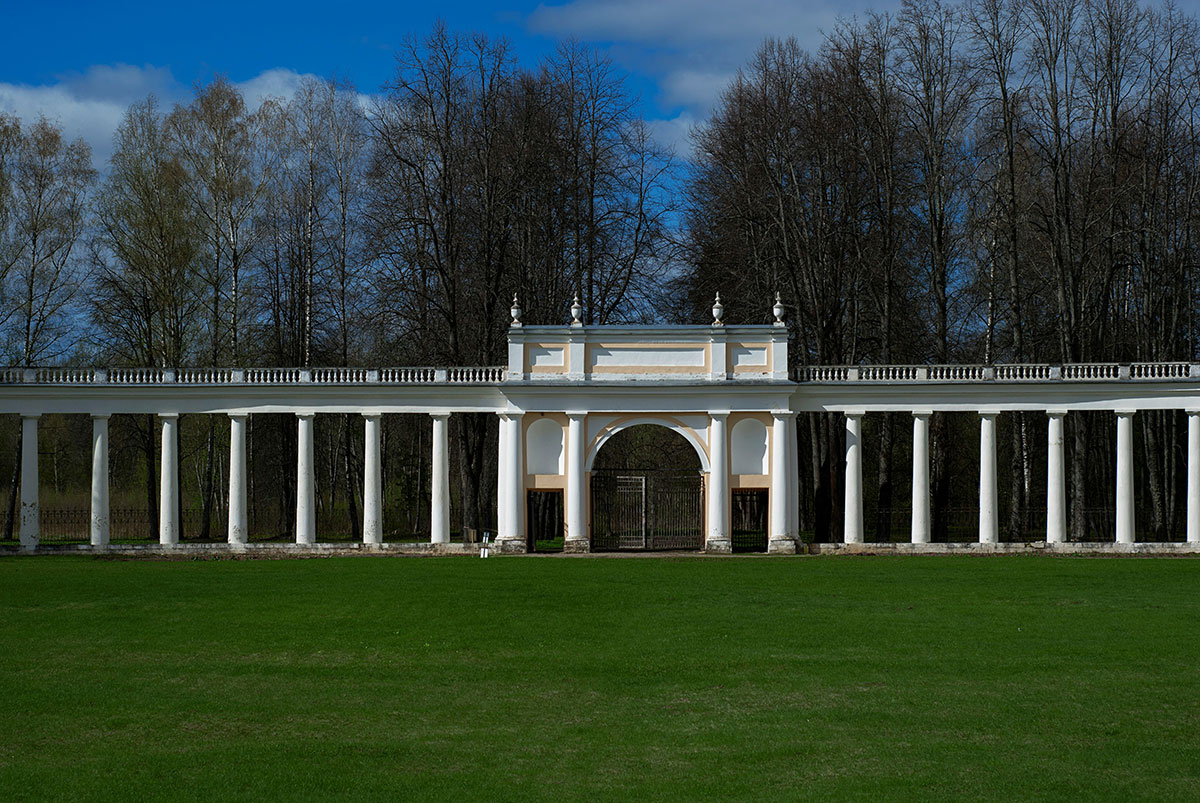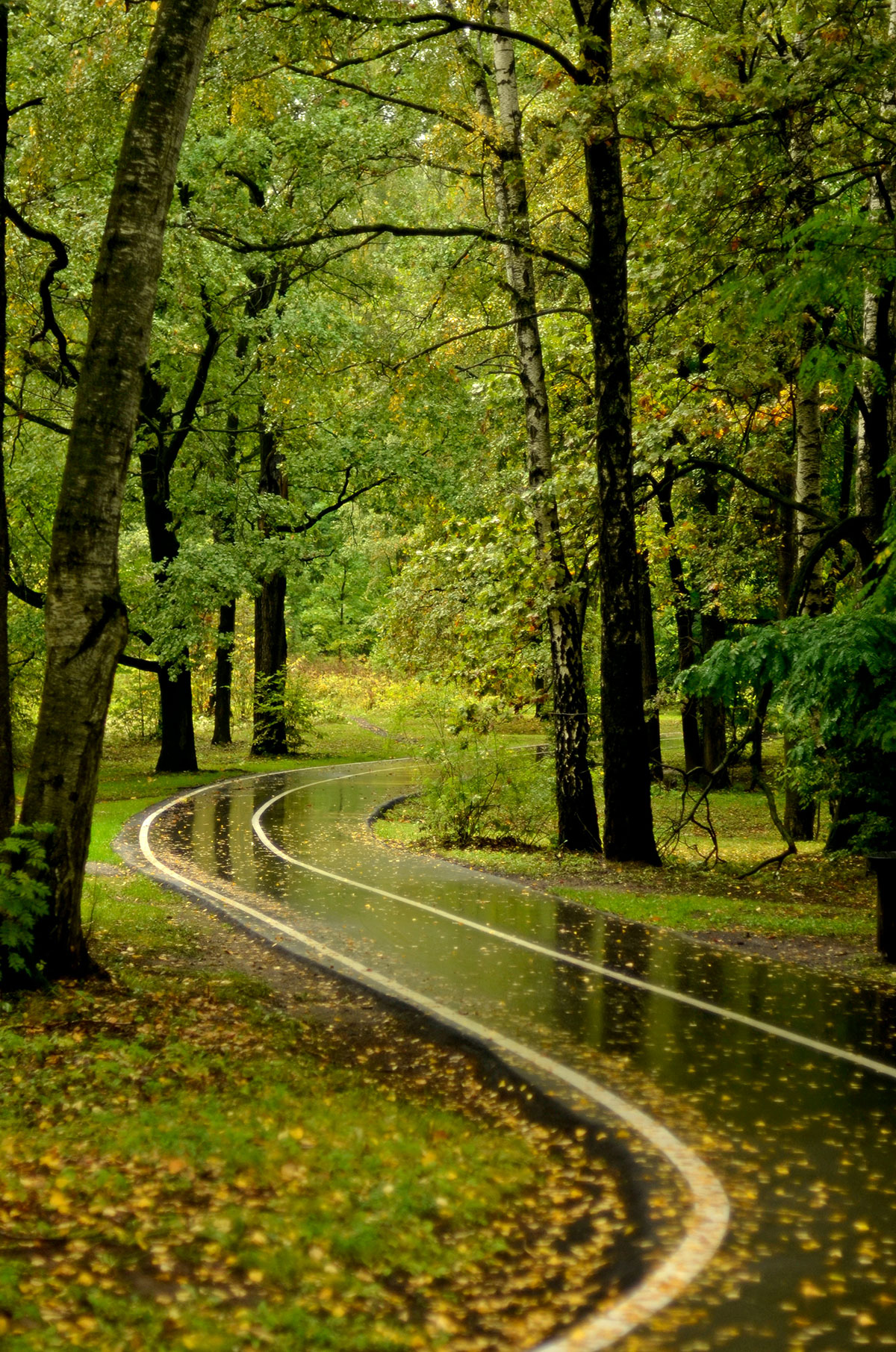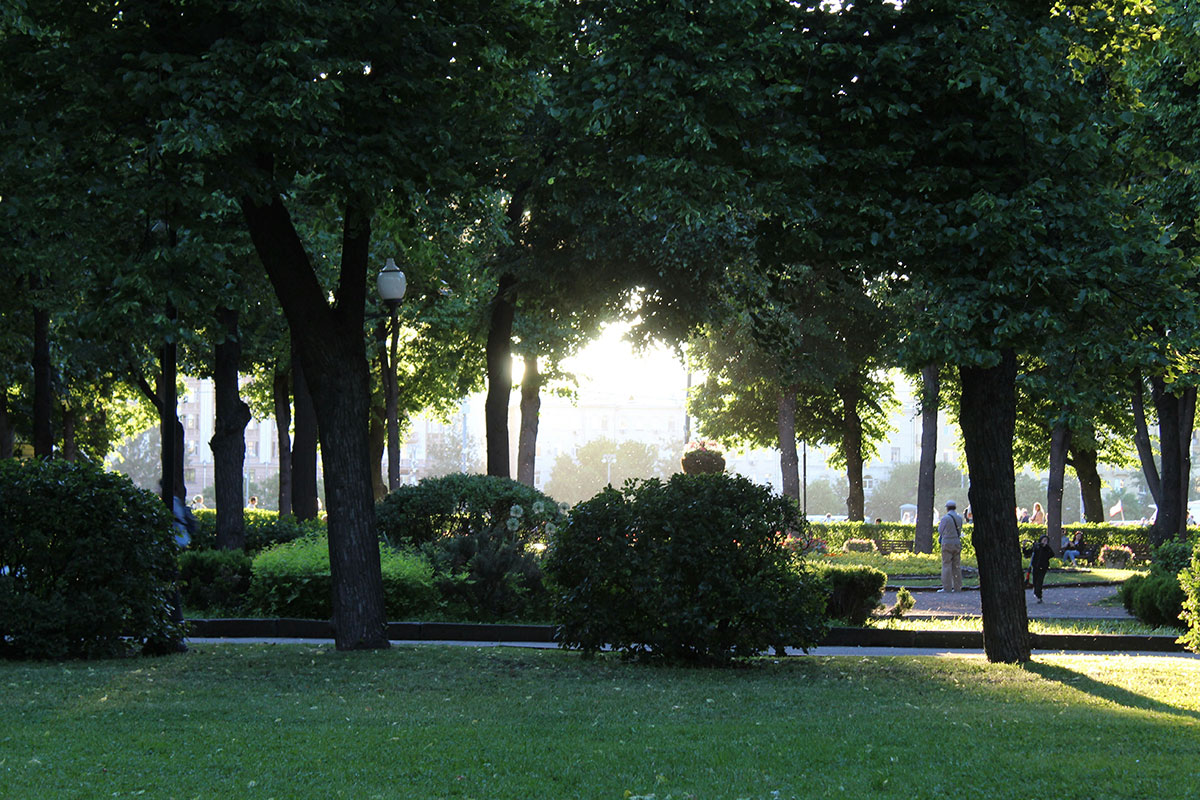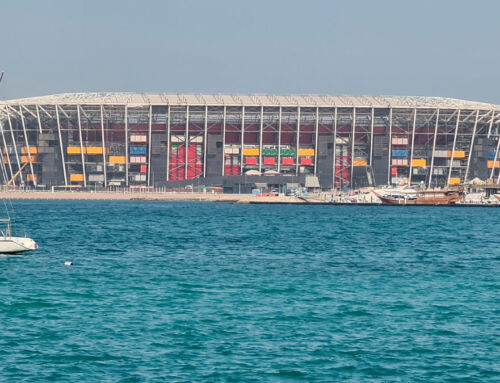With the idea that all the cities of the world follow suit, in accordance with our constant concern for sustainability, but also for the well-being and entertainment of citizens, we encourage you to follow this route. Yes, we are going to visit, at least briefly, those cities around the world that stand as examples of integrating nature into urban space. So, let’s explore the greenest cities in the world. Before we go any further, however, we must ask ourselves: what criteria do we use to qualify a city as ‘green’?
We will turn to recent studies published by City Monitor and the US-based Unity Environmental University to establish the criteria that lead us to affirm that a city is more or less green. They are as follows:
-The surface area per inhabitant devoted to parks, gardens, green spaces and accessible natural areas that the city has.
-The availability of sustainable, efficient and low-emission public transport and infrastructure for bicycles and electric vehicles.
-The degree of atmospheric pollution and air quality.
-The implementation of environmental public policies, such as support for renewable energy, recycling and waste reduction.
-Finally, the preservation of local flora and fauna and the care of biodiversity.

With these criteria in mind, let’s finally embark on our journey through the world’s greenest cities.
Cities such as Copenhagen and Stockholm have been recognised for their commitment to renewable energy and cycling infrastructure. However, there are others that stand out for their integration of green spaces:
–Vienna, with more than 50% of its surface area covered by green areas, is a model. Its parks, such as the Prater, and its sustainable mobility policies make it one of the most liveable cities in the world.
–Berlin has more than 2,500 parks and gardens, making it one of the cities with the highest density of green spaces per inhabitant in the world.
Sochi, Moscow and St Petersburg also represent the shift towards a greener future.
-Located on the Black Sea coast, surrounded by the Caucasus and with a subtropical climate unique in the country, more than 80% of Sochi’s territory is covered by forests and natural parks, which are home to an abundance of biodiversity. In addition, the city implements policies to protect its green areas and promote sustainable tourism.
-Moscow, despite being an overcrowded metropolis, has invested for decades in the creation of urban parks and green corridors. Gorky Park and the Botanical Garden of Moscow State University are prominent examples. At the same time, the city implements programmes to reduce carbon emissions and promote electric public transport.
–St. Petersburg is known as the ‘Venice of the North’, a city that combines its rich historical and cultural heritage with a growing environmental awareness. Its many parks and gardens, such as the Summer Garden, offer green havens amidst the urban bustle.
-With 25% of its urban area covered by parks, Vancouver is a nature lover’s paradise. The city is committed to being the greenest city in the world by 2025, with initiatives such as expanding its public transport network and promoting eco-efficient buildings.
–Singapore, the city-state that many refer to as the Garden City, integrates nature into its urban fabric in an innovative way. The iconic Gardens by the Bay, with its solar-powered “supertrees”, are an example of the successful coexistence of technology and nature.

Who wouldn’t like to live in one of these cities or others like them? Because the world’s greenest cities are examples of citizen well-being and, at the same time, models of hope in a world facing unprecedented environmental challenges. After all, every green space is a step towards a more liveable planet.
Sources: City Monitor, Marketing Logic, Unity Environmental University.






